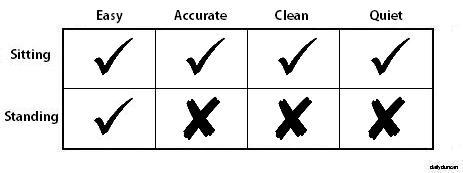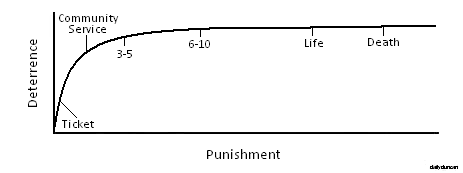“But it’s true!”
You’ve certainly heard this defense shortly following a blunt, discourteous or obscene comment. Most of us have a compass inside of us that tells us which comments are acceptable and which ones are not. Though we may have never noticed this compass, it is certainly there, ensuring that our feet remain far from our mouths.
There are members of society who seem to function without this important subconscious device. It’s possible that by some unseen force, genetic or otherwise, they are not equipped with this feature, or perhaps they simply disregard its direction. When a thought manifests in the brain of these unfortunate folk, there is no system of testing through which it must pass in order to exit through the mouth. Example: “Oh my gosh, Melanie, your eyebrows are so bushy!”
You know a person like this, and you can’t understand why they are unable to imagine how others will feel when they speak. Since these people can’t seem to tap into their comment compass, here is a chart to guide them:
This three-dimensional choice matrix illustrates possible conditions when making a comment, indicating whether or not it’s appropriate to proceed. The first dimension (x) represents the attribute being defined in the comment, which could either be positive or negative in nature. A positive attribute would be one that most would consider desirable, such as beauty or skill. The second dimension (y) indicates whether or not the statement is true. The third and final dimension (z) describes the gender of the target of the comment. Although the chart’s accuracy varies depending on cultural convention and expectation, this is undoubtedly an important component.
So according to the chart, telling a girl that she isn’t ugly is not a good idea, even if she’s beautiful, and calling anyone heavy when they are, in fact, overweight is unwise. Pretty simple, huh? Even for us normies, this is probably a good refresher, as our compasses have been known to malfunction now and again.
Now just print this out and keep it in your wallet, or better yet, have T-shirt made up.


